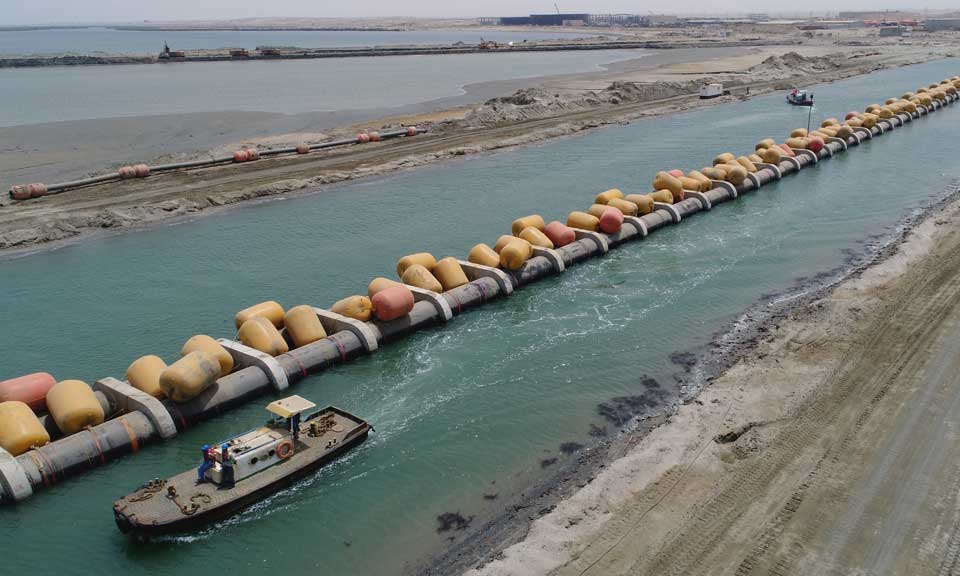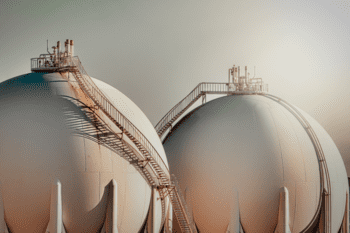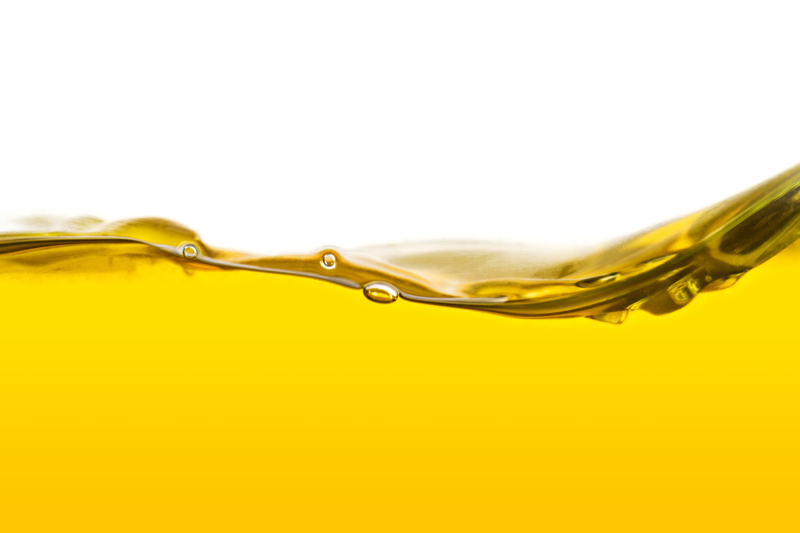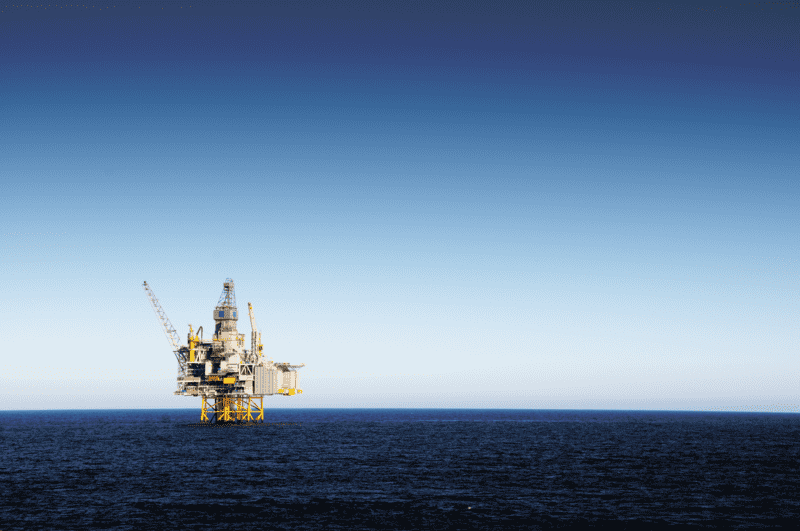Oman data: Monthly oil production rises 12.2% in March amid higher OPEC+ quota

Oman, the biggest Middle East oil producer outside OPEC, increased its total monthly crude production by 12.2% in March from February, official data showed, amid a higher OPEC+ quota.
Oman, which is a member of the broader OPEC+ coalition, in March pumped an average daily production of 829,255 b/d, slightly above its 829,000 b/d quota, which rose from 821,000 b/d in February.
Total monthly oil exports to China, the top importer of Omani crude in February, fell in March by 17%, while oil exports to India, the No. 2 importer of Omani crude in February, more than doubled.
Total monthly oil and condensate exports rose 11% in March from February.
OPEC+ ministers are due to meet May 5 to decide on June production levels.
Oil production by OPEC and its allies fell in March from February for the first time in more than a year, the latest S&P Global survey found, contributing to a tightening market thrown in flux by the Russia-Ukraine war.
Western sanctions began biting into primary non-OPEC partner Russia's oil flows, and sizable disruptions in Kazakhstan and Libya also led the coalition's production lower, the survey found.
OPEC's 13 members raised output by 60,000 b/d to 28.73 million b/d, but that was more than offset by a 160,000 b/d decline by the bloc's nine allies, who pumped 13.91 million b/d.

News
(Latest update May 3, 2024) Recording changes to Russian oil exports and EU oil imports since the war in Ukraine Russia’s war in Ukraine has triggered a major upheaval in the global oil markets, forcing Moscow to find alternative buyers and Europe to source new supplies as Western sanctions seek to clamp down on Moscow’s vital oil revenues. With an EU embargo and the G7 price cap on Moscow's oil now fully in place, Russian seaborne crude exports have remained largely resilient as displaced volumes of its discounted oil flow East. Russian oil product exports have also mostly held up with new buyers in Africa absorbing Russian diesel and other fuels now banned from Europe. Related stories: Russian oil product exports slump to post-pandemic low as drone hits resume (subscriber content)

News
Global oil producers are increasingly touting efforts to reduce the carbon intensity of their upstream operations to stand out as investment dollars shrink during the energy transition. Some producers see carbon intensity rankings as a measure of which fields will have staying power, while environmental groups say the efforts ignore the much larger global warming emissions created downstream when the oil is refined for transportation, shipping and petrochemicals. S&P Global Commodity Insights Analytics has expanded its carbon intensity calculations to 162 fields and 41 grades. The greenhouse gas emissions represent current operations from the wellhead to storage/export terminal. The newest expansion of fields and grades covers Central, South, and North America. South and Central American grades are shown in the infographic below.

News
With startup a month ahead of schedule, the Trans Mountain Expansion started commercial operations May 1. The 590,000 b/d of added capacity creates significant breathing room for the in-demand and aging pipeline system. As Canadian crude oil flows shift toward top importers such as China and California, producers will have a chance to shed the deep discounts offered on Western Canadian Select. For the first time, Canadian crude will have meaningful access to international markets with potential for higher-priced barrels as a result. Related feature: Trans Mountain's crude pipeline expansion starts, boosting global access to Canadian barrels (subscriber content) Click here for full-size infographic

News
Eni is to combine its North Sea oil and gas business with upstream independent Ithaca Energy, majority-owned by Israel's Delek, in a deal set to give the Italian company a 37.3% stake in the "satellite" entity, the companies said late April 23. The deal, first publicly mooted in late March, follows quickly on from Eni's acquisition of London-based Neptune Energy in January, which included an operating stake in the UK's highest producing gas field, Cygnus. The combination should result in 2024 production of over 100,000 b/d of oil equivalent, with a roughly equal weighting between oil and gas, and the potential to reach 150,000 boe/d by the early-2030s, the companies said. The deal continues a strategy for Eni of creating "satellite" joint ventures offshore Norway and Angola, although Delek is expected to remain the largest shareholder in this instance, with a 52.7% stake upon completion. The deal excludes Eni's East Irish Sea and carbon capture and storage projects, with the Italian company remaining the primary investor in flagship government-backed CCS project HyNet North West. Ithaca produced just over 70,000 boe/d in 2023, of which 66% was oil, and had warned its production from the current business would drop to 56,000-61,000 boe/d this year, reflecting the cancellation of several new projects due to the UK tax regime. It has struggled to make headway with the major West of Shetland Cambo oil project -- previously the target of environmental protests -- after entering the project in April 2022 with the purchase of Siccar Point Energy. Eni had production of around 50,000 boe/d offshore the UK in 2023. "The Satellite Model is a strategic response to the challenges and opportunities of energy markets, creating focused and lean companies able to attract new capital to create value through operating and financial synergies and the acceleration of growth," Eni said. "The combination will allow Eni to continue pursuing its successful growth on the UK continental shelf, thereby strengthening its commitment to the UK." Ithaca Executive Chairman Gilad Myerson said: "The synergistic combination with Eni's highly cash-generative UK continental shelf portfolio has the ability to unlock our long-life organic growth opportunities, creating a combined entity with substantial scale and longevity." Expanded asset base The combined entity will have reserves and contingent resources of some 658 million barrels of oil equivalent, including stakes in 37 producing assets, among them six of the UK's 10 largest fields -- Rosebank, Cambo, Schiehallion, the Mariner area, the Elgin-Franklin complex and the J-Area, the companies said. Ithaca already held stakes in Elgin-Franklin and the J-Area, which are thus increased by the combination. Elgin-Franklin, operated by TotalEnergies, is a significant contributor of both gas to the UK and liquids sold under the Forties crude brand, while the J-Area, operated by Harbour Energy, contributes to Ekofisk crude loadings; Forties and Ekofisk are key grades in the Platts Dated Brent price assessment process. Platts is part of S&P Global Commodity Insights. Ithaca is also Equinor's partner in the Rosebank oil project under development in the West of Shetland area, which has similarities to Cambo, while the Equinor-led Mariner field contributes UK heavy crude oil. The combination entails issuing to Eni new Ithaca shares equivalent to 38.5% of the enlarged entity, with Delek selling 3% of the enlarged share capital to ensure 10% or more remains in public hands on the London Stock Exchange. Dated Brent was assessed at $88.73/b on April 23, up $1.18 on the day, while the month-ahead UK NBP gas contract was assessed by Platts at 71.35 p/th.